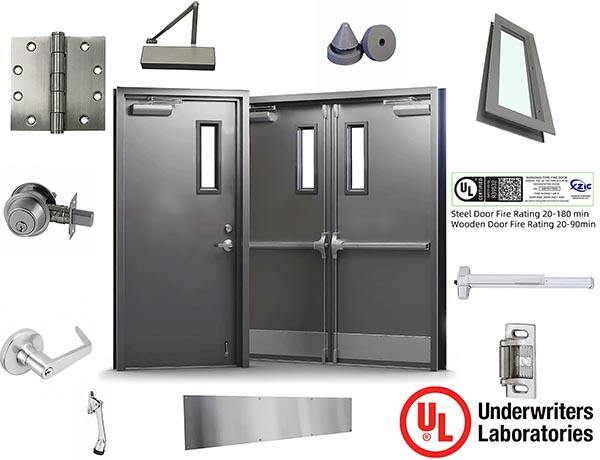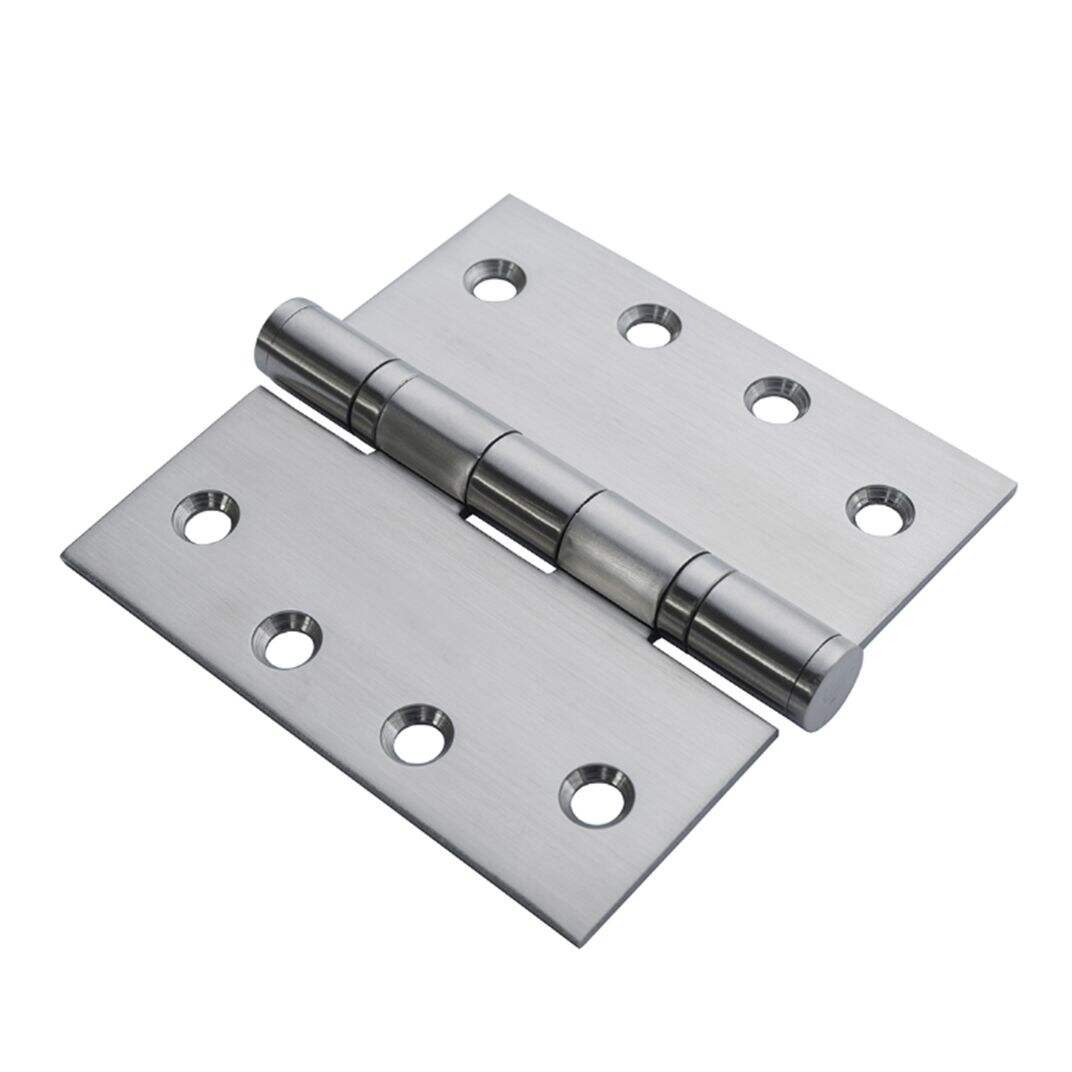What are Fire Doors and where are they required?
Fire doors are required in certain areas and play a vital role in helping to stop the spread of fire. According to the National Fire Protection Association, “A single-fire-door assembly can delay a fire for more than an hour and prevent it from spreading to the next compartment or floor.”
However, not all–fire code requires, it varies by cities and states.
Well, let us first understand what fire doors are and where they need to be used.
What Are Fire Doors?
The International Building Code (IBC) requires that “required” fire doors be equipped with an automatic closing device, except when the building is protected throughout with a smoke detection system capable of automatically initiating the release of the smoke detection system.
The IBC defines a “required” fire door as:
“A door opening into an exit, or which serves as an exit, including doors to stairways serving as exits, but not including interior corridor doors. A door is also a required fire door located between a Group A occupancy and an adjacent Group B occupancy or between a Group A occupancy and an unclassified occupancy.
As fire doors are so important, what are the advantages of them in our buildings ?
While fire doors are required in specific locations to provide adequate protection from fire, they also come with their own set of benefits. Some expected benefits include:
Stopping the spread of fire
Reducing the amount of smoke in a building
Limiting the amount of heat that enters or leaves a building
Helping maintain a comfortable temperature in a building
Where are They Required?
The type of business, the design of the building, and the fire exit location will all influence the fire door category. In cases where property preservation is essential, fire doors that protect for more than 60 minutes are sometimes specified. However, the primary consideration is always the protection of life.
Some familiar places where fire doors are required include:
Between public areas and corridors,
In exit stairways,
In elevator shafts,
In building lobbies,
In smoke-tight partitions,
In hazardous materials storage rooms,
In kitchen exhaust ducts,
Near heating and cooling equipment
In conclusion The specific requirements for fire doors will vary depending on the building’s occupancy classification and other factors. It is essential to consult with a local fire official to determine precisely where fire doors are required in your building.
Shanghai Xunzhong Industry Co., Ltd is a leading professional manufacturer of fire door&window and other special doors,contact us if you need more information
Contact our sales-Juliet
Email: [email protected]
Tel number/Whatsapp: +86 13798578202
Recommended Products
Hot News
-
UL fire door Regulatory and Certification Requirements
2025-08-08
-
What are the types for fire Doors?
2025-07-12
-
Why Hollow Metal Doors Are a Cost-Effective Long-Term Solution for Businesses
2025-07-23
-
What’s the price difference for UL LISTED FIRE DOOR of mahogany/oak/ beech/walnut veneer finish compared with Formica /TAK/ Wilsonart Laminated finish ?
2025-07-31
-
What is MDF (medium-density fiberboard) Door?
2025-06-15
-
Essential Aspects of UL Metal Fire Door Inspection
2024-01-02
-
XZIC Delivers Superior Quality UL Fire Doors to Our Valued Client in Qatar
2024-01-02
-
Can hollow metal doors be insulated?
2024-01-02
 EN
EN
 AR
AR
 BG
BG
 NL
NL
 FR
FR
 DE
DE
 EL
EL
 IT
IT
 KO
KO
 PL
PL
 PT
PT
 RO
RO
 RU
RU
 ES
ES
 TL
TL
 IW
IW
 ID
ID
 UK
UK
 VI
VI
 TH
TH
 FA
FA
 AF
AF
 MS
MS
 SW
SW
 BE
BE
 UR
UR
 BN
BN
 KM
KM
 LO
LO
 LA
LA
 MI
MI
 MN
MN
 MY
MY
 KK
KK
 MG
MG
 SU
SU
 TG
TG
 UZ
UZ
 KY
KY
 XH
XH











